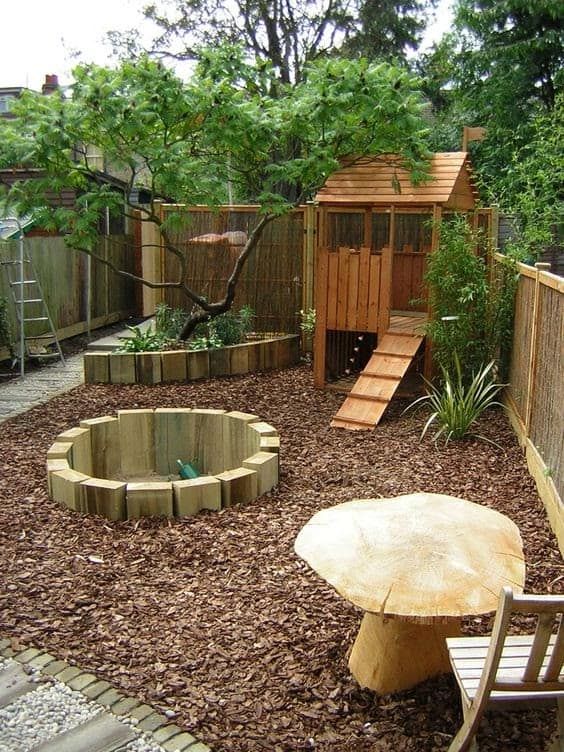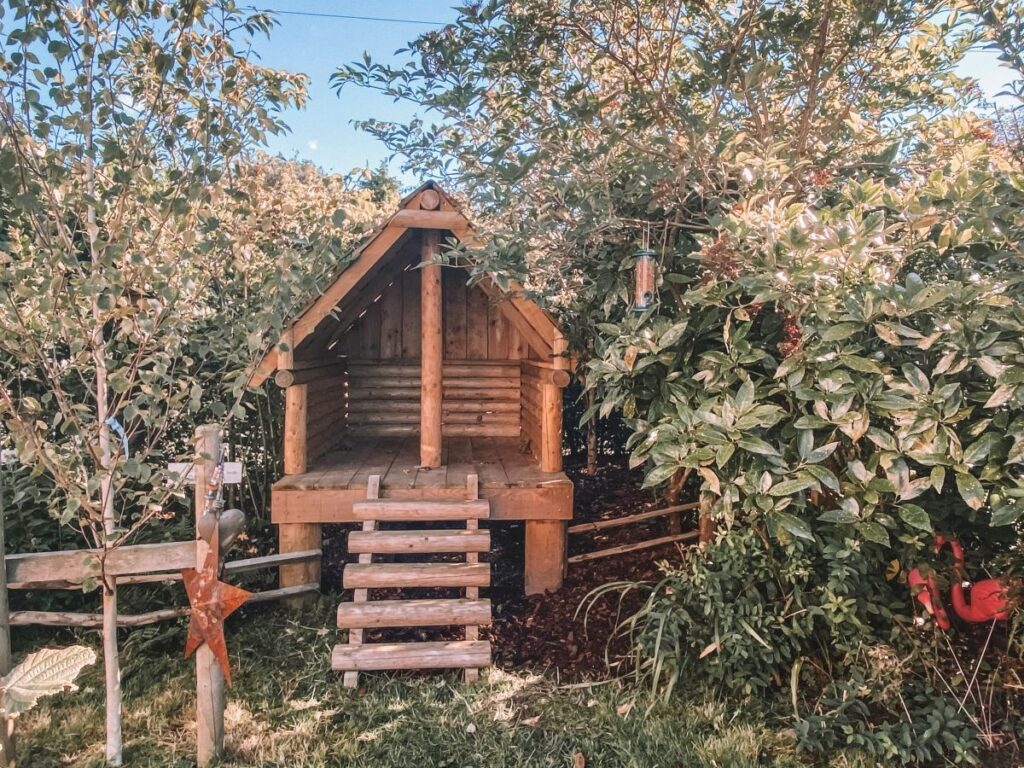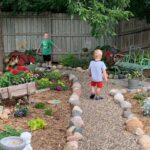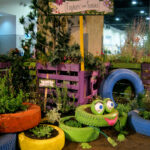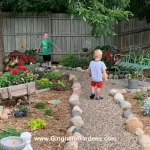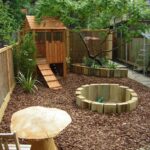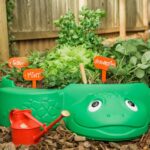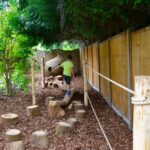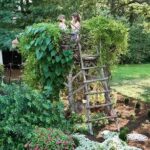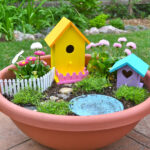Children’s gardens are a fantastic way to encourage kids to connect with nature, learn about plants and wildlife, and develop a sense of responsibility and ownership over their own outdoor space. From planting vegetables and flowers to creating fun and engaging play areas, there are endless possibilities for creating a magical garden that will delight and inspire children of all ages.
One great idea for a children’s garden is to include a raised vegetable bed where kids can plant and care for their own fruits and vegetables. This provides a wonderful opportunity for children to learn about where their food comes from, how to care for plants, and the importance of eating fresh, healthy produce. Kids can choose their favorite vegetables to plant, such as tomatoes, carrots, and cucumbers, and watch as they grow and ripen throughout the season.
Another fun and educational idea for a children’s garden is to create a sensory garden filled with plants that engage the five senses. This could include aromatic herbs like lavender and mint, colorful flowers like marigolds and sunflowers, and plants with interesting textures like lamb’s ear and ornamental grasses. Children can explore the garden with their senses, touching, smelling, and tasting the different plants, and learning about the diversity of the natural world.
For children who love to play and explore, a nature-themed play area can provide hours of entertainment and imaginative play. This could include a sand pit for digging and building, a mud kitchen for creating messy concoctions, and a treehouse or playhouse for imaginary adventures. Including natural elements like logs, rocks, and branches in the play area can inspire creative play and encourage children to connect with the natural world around them.
To attract wildlife to the garden and provide opportunities for children to learn about animals and insects, consider adding a bird feeder, butterfly garden, or insect hotel. Children can observe and learn about the different species that visit the garden, from brightly colored butterflies to busy buzzing bees. By providing habitats and food sources for wildlife, children can develop a deeper appreciation and understanding of the interconnectedness of all living things.
Finally, don’t forget to include plenty of opportunities for children to get their hands dirty and engage in hands-on gardening activities. From planting seeds and watering plants to weeding and harvesting, there are endless tasks that children can participate in to help care for the garden and learn valuable life skills. By involving children in the gardening process, they can develop a sense of pride and accomplishment in watching their hard work pay off as the garden flourishes and grows throughout the season.
